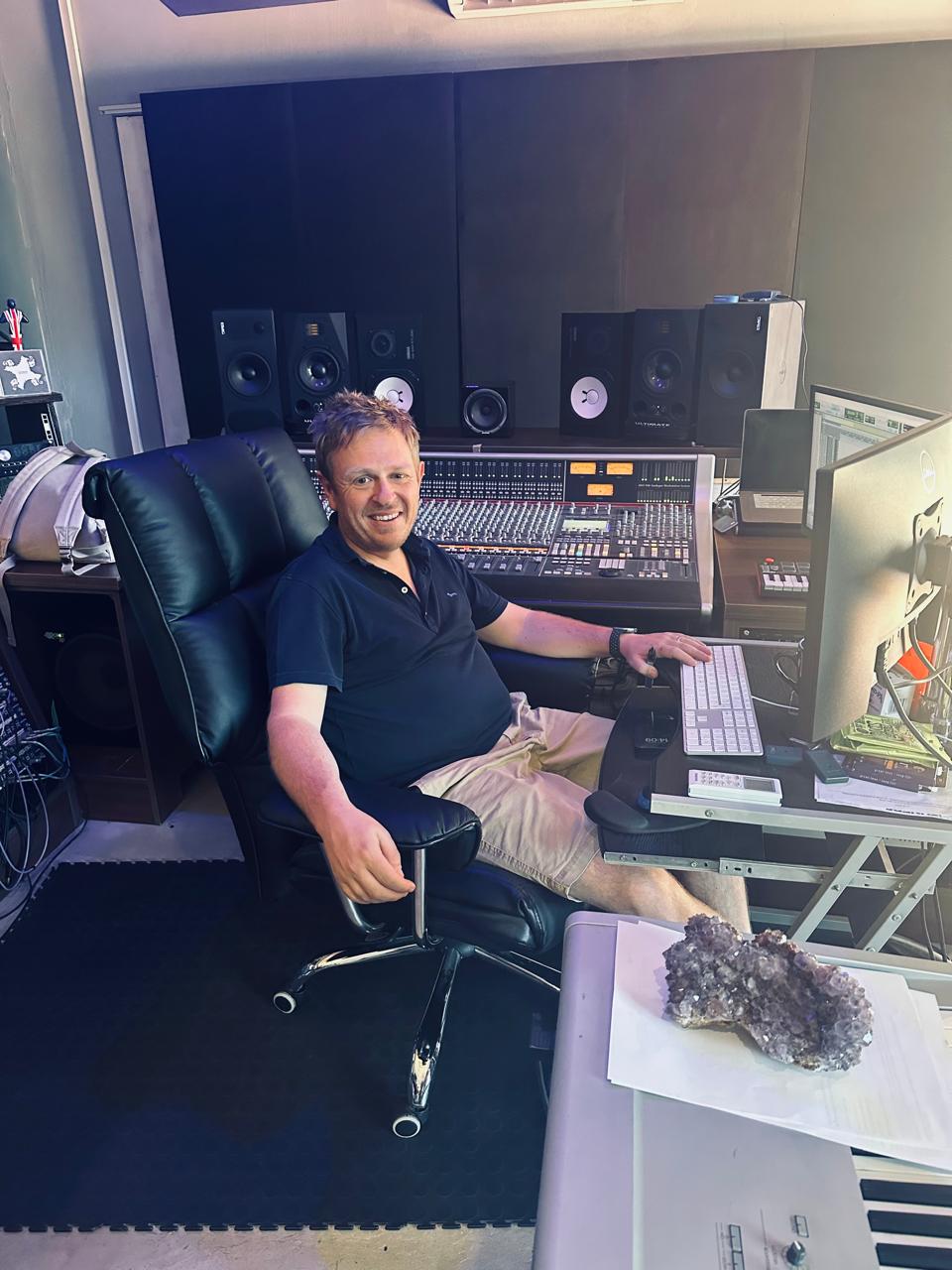Unveiling the Magic: Understanding the Role of Overhead Microphones in Drum Recordings.
- Andrew Rawbone-Viljoen

- Mar 29, 2024
- 2 min read

When it comes to capturing the essence of a drum kit in a recording, few elements are as crucial as the overhead microphones. Positioned strategically above the drum set, these microphones play a pivotal role in capturing the full spectrum of sound, providing depth, clarity, and spatial dimension to the mix. In this blog post, we'll delve into the relationship between overhead microphones and the rest of the mics in a drum recording setup, exploring their unique contribution to the overall sound and offering insights into optimal placement and techniques.
The Role of Overhead Microphones
Overhead microphones serve as the ears of the listener, capturing the entire drum kit in all its glory. Unlike close mics, which focus on specific drums or cymbals, overheads provide a broader perspective, capturing the overall sound of the kit along with the ambient characteristics of the room. This makes them essential for capturing the natural tone and resonance of the drums, as well as the subtle nuances of performance.
Integration with Close Mics
While overhead microphones play a crucial role in capturing the overall sound of the drum kit, they are most effective when used in conjunction with close mics. Close mics, positioned near individual drums and cymbals, provide detail and definition to specific elements of the kit, such as the kick, snare, and toms. When combined with overheads, they create a balanced and cohesive sound, allowing for greater control over the mix and enhancing the overall clarity and impact.
Optimal Placement and Techniques
Achieving the perfect balance between overhead and close mics requires careful placement and technique. Generally, overhead microphones are positioned above the drum kit in a spaced pair or XY configuration, angled slightly towards the center of the kit. This placement ensures that the overheads capture the full frequency range of the drums while minimizing phase issues and stereo imaging problems.
In terms of technique, experimenting with different microphone types (condenser vs. dynamic), polar patterns (cardioid, omni, or figure-8), and distances from the kit can yield varying results, allowing for greater flexibility and creativity in shaping the sound. Additionally, utilizing techniques such as mid-side (M/S) recording or the addition of room mics can further enhance the spatial dimension and depth of the drum recording.
In the world of drum recording, overhead microphones serve as the linchpin, bridging the gap between individual drum elements and the overall sound of the kit. By capturing the natural tone, resonance, and ambience of the drums, overheads play a vital role in shaping the character and texture of the recording, lending depth, clarity, and dimension to the mix. By understanding the relationship between overhead microphones and the rest of the mics in a drum recording setup, engineers can unlock the full potential of their drum recordings, creating dynamic and immersive mixes that truly capture the essence of the performance.




Comments